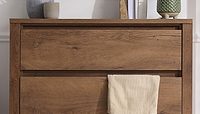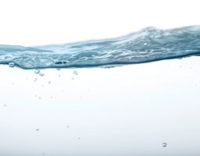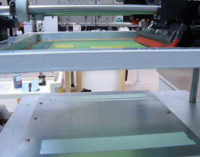Micronized Powders for Coatings and Inks

Micronized additives are widely used in coating and printing ink industries for surface modification. Improved scratch and rub resistance, controlled matting effects and reduced slip properties are only some of the properties that can be adjusted by the addition of micronized waxes. So far mainly commercially available synthetic waxes have played an important role. Recently, the market requirements have changed into the direction of more sustainable additives that provide similar results. In this context Clariant has launched micronized waxes and additives for printing inks and coatings that are not only based on renewable sources but even provide performance benefits compared to standard types.
These micronized innovations are based on renewable raw materials in different particle size distributions (CERIDUST 8330 TP for printing inks, and CERIDUST 8090 TP and CERIDUST 8091 TP for wood coatings). They support customers’ ambitions to offer more sustainable solutions to industrial markets without compromising performance.
Wood Coating Applications
The main difference between CERIDUST 8091 TP and CERIDUST 8090 TP for wood coating applications is the particle size distribution. The coarse fraction generates rougher surfaces, which gives the impression of untreated, natural wood. With the elimination of these coarse particles, formulators can create a soft and smooth-touch surface modification.
Figures 1 and 2 illustrate the particle size distributions of both grades generating a completely different surface appearance. CERIDUST 8090 TP has a mean particle size distribution of 34 µm (Figure 1), whereas CERIDUST 8091 TP is further modified by grinding to a d50 value that is three times lower.
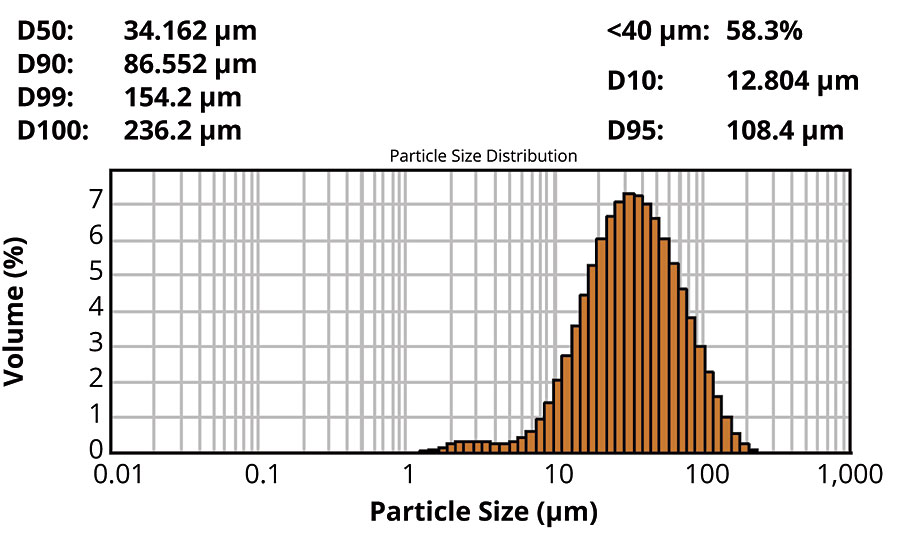
FIGURE 1 » Particle size distribution of CERIDUST 8090 TP; test method QM-AA-112.

FIGURE 2 » Particle size distribution of CERIDUST 8091 TP; test method QM-AA-112.
The coarser renewable-based version CERIDUST 8090 TP for wood coatings creates a protected and smooth surface with the pleasant feel of untreated wood. At the same time it increases the coefficient of friction in combination with outstanding scratch resistance performance in water-based formulations. Figure 3 shows comparative tests of standard commercially available micronized waxes and the micronized renewable polymer that is forming the natural wood touch. The additive is outperforming the micronized waxes in terms of scratch resistance performance.
![Scratch resistance performance [N] of CERIDUST 8090 TP measured by an Erichsen hardness testing pencil Model 318; wax content 4%](/ext/resources/PCI/2018/January/Clariant/pci0118-Clariant-F3-900.jpg)
FIGURE 3 » Scratch resistance performance [N] of CERIDUST 8090 TP measured by an Erichsen hardness testing pencil Model 318; wax content 4%.
In Figure 4, the values for the coefficient of friction are illustrated. With the addition of the micronized polymer, formulators can achieve an antislip effect in a water-based polyurethane lacquer. The compared materials are standard, commercially available micronized waxes with different chemical and physical characters.
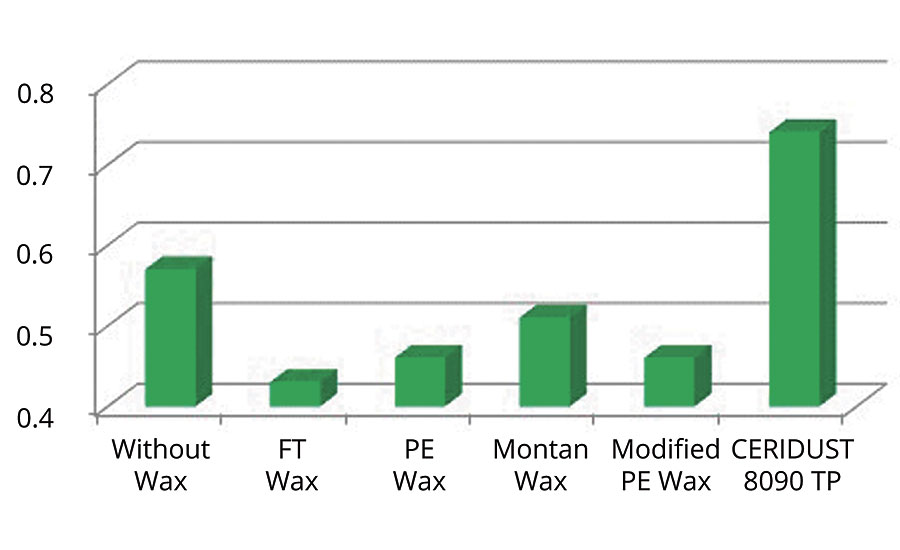
FIGURE 4 » Determination of coefficient of friction in water-based 1K PU system; wax content 4%; (internal method determined with the friction/peel-tester from von Thwing-Albert Instruments Company; leather surface).
The fine grind of the new renewable-based polymer CERIDUST 8091 TP combines smoothness with very high scratch resistance. The high matting efficiency, together with the above-mentioned properties, enables the manufacturer to formulate more sustainable coatings with top quality. Figure 5 demonstrates the scratch resistance performance in a water-based PU system.
![Scratch resistance performance [N] of CERIDUST 8091 TP measured by an Erichsen hardness testing pencil Model 31; wax content 4%](/ext/resources/PCI/2018/January/Clariant/pci0118-Clariant-F5-900.jpg)
FIGURE 5 » Scratch resistance performance [N] of CERIDUST 8091 TP measured by an Erichsen hardness testing pencil Model 31; wax content 4%
CERIDUST 8091 TP, similar to CERIDUST 8090 TP, increases the coefficient of friction. The values and comparison material can be found in Figure 6.
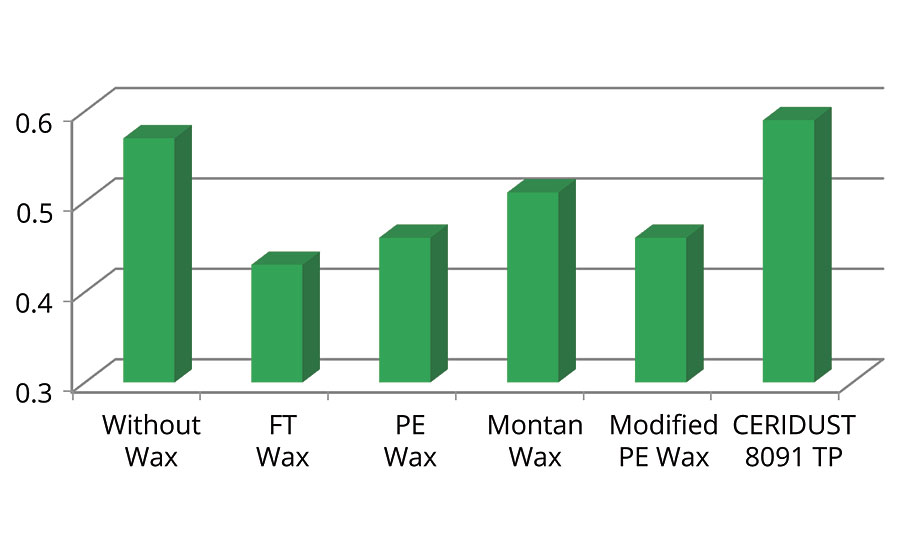
FIGURE 6 » Determination of coefficient of friction in water-based 1K PU system; wax content 4%; (internal method determined with the friction/peel-tester from von Thwing-Albert Instruments Company; leather surface).
Starch is another renewable-based additive commonly used in coatings. Comparative tests (Figure 7) show that starch and even blends of starch with standard waxes cannot compete with the new CERIDUST products regarding scratch resistance. On the other hand, blending these new renewable-based CERIDUST products with standard waxes keeps the benefit of excellent scratch resistance and lowers the coefficient of friction. CERIDUST 8090 TP and CERIDUST 8091 TP together with the PE wax blends of them showed the best performance in terms of scratch resistance in a water-based PU. The coefficient of friction, increased with pure renewable polymers, can be lowered with addition of PE wax (Figure 8).
![Scratch resistance performance [N] of other renewable polymers and blends with PE wax measured by an Erichsen hardness testing pencil Model 31; wax content 4%](/ext/resources/PCI/2018/January/Clariant/pci0118-Clariant-F7-900.jpg)
FIGURE 7 » Scratch resistance performance [N] of other renewable polymers and blends with PE wax measured by an Erichsen hardness testing pencil Model 31; wax content 4%
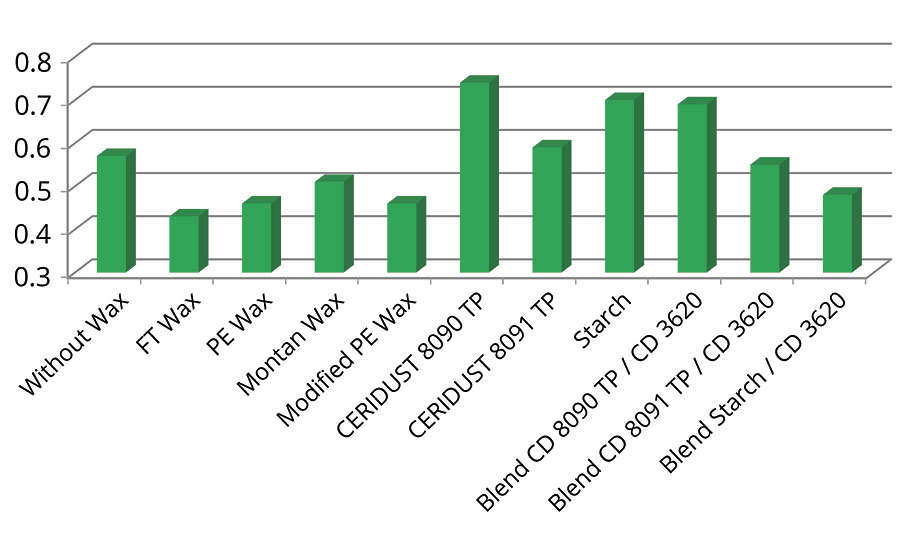
FIGURE 8 » Determination of coefficient of friction in water-based 1K PU system renewable polymers and blends with PE wax; wax content 4%; (internal method determined with the friction/peel-tester from von Thwing-Albert Instruments Company; leather surface).
Another very important property in wood coatings is the matting effect. The comparison data of renewable polymers, standard waxes and blends of both can be found in Figure 9. The performance of CERIDUST 8091 TP is similar to standard waxes. Only the coarse renewable polymer and starch are not matting that strongly.
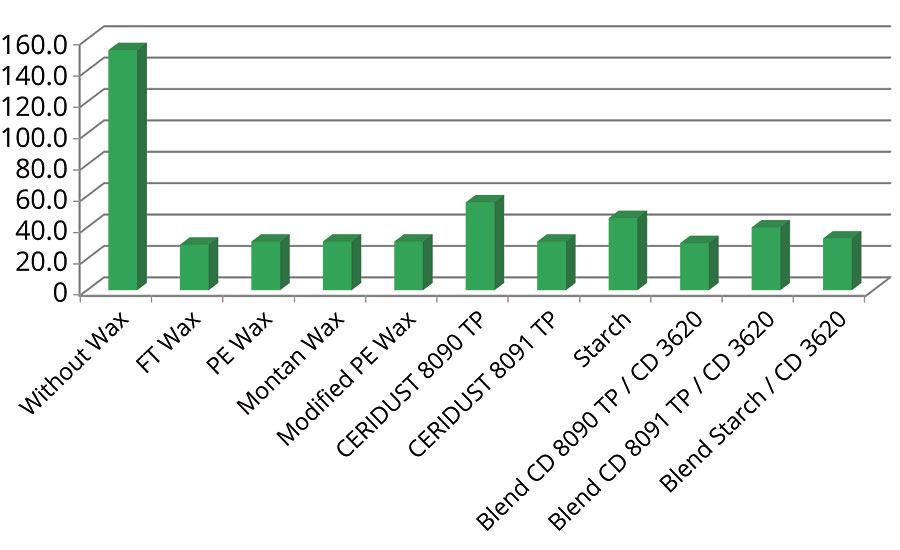
FIGURE 9 » Gloss performance of renewable polymers and blends with PE wax in water-based 1K PU system measured with MICRO-TRI-GLOSS.
The efficiency of the renewable polymers and also the above-mentioned properties like smoothness or natural wood touch compared with very high scratch resistance enable the manufacturer to formulate more sustainable coatings with no compromise on the performance.
Printing Ink Applications
CERIDUST 8330 TP for printing ink applications is based on a different sustainable raw material compared to the other two CERIDUST products. This polymer is easier to grind and therefore, with a mean particle size distribution of approximately 5µm, is finer than the other renewable products. Its mix of flexible, but still tough, polymeric characteristics makes it a powerful rub resistance additive for ink systems. Even dosage reduction in comparison to standard waxes is possible. The product can be used in liquid as well as in pasty ink systems. Due to its higher density, it is necessary to make sure that the additive is well dispersed before using the ink (especially in liquid inks). Table 1 shows comparison tests of standard micronized waxes and CERIDUST 8330 TP in three different ink systems.
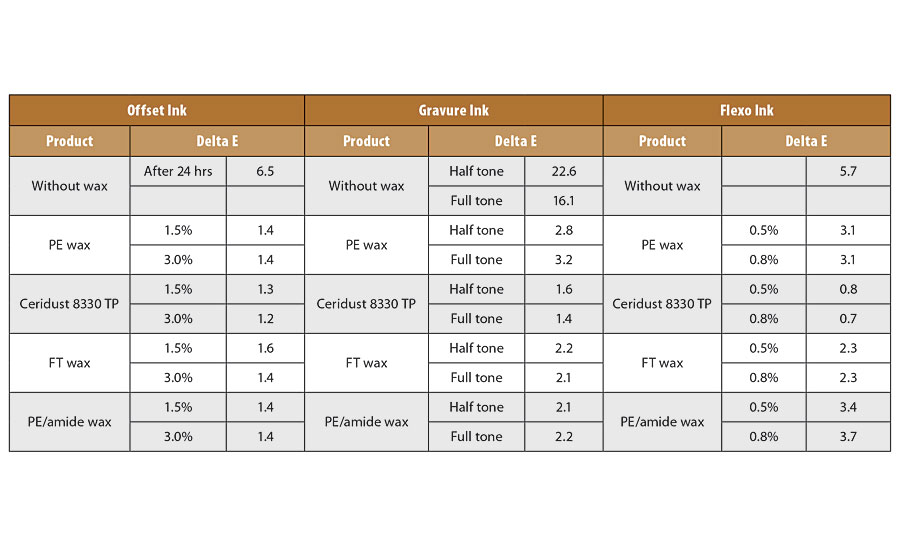
TABLE 1 » Rub resistance performance of CERIDUST 8330 TP and standard micronized waxes in different printing ink systems; conditions: 50 cycles after 24 hrs, loading 48 g/cm2
In all three systems, CERIDUST 8330 TP shows the best performance. Especially in flexographic ink, it outperforms standard micronized waxes and achieves a color difference value below 1.
Printing ink producers now have the choice to either reduce the additive dosage or to improve the performance of their formulations. In addition to the performance boost, they now have the possibility to formulate with renewable raw materials.
For more information, email Tobias.Niederleitner@clariant.com or visit http://www.clariant.com/additives.
Looking for a reprint of this article?
From high-res PDFs to custom plaques, order your copy today!




